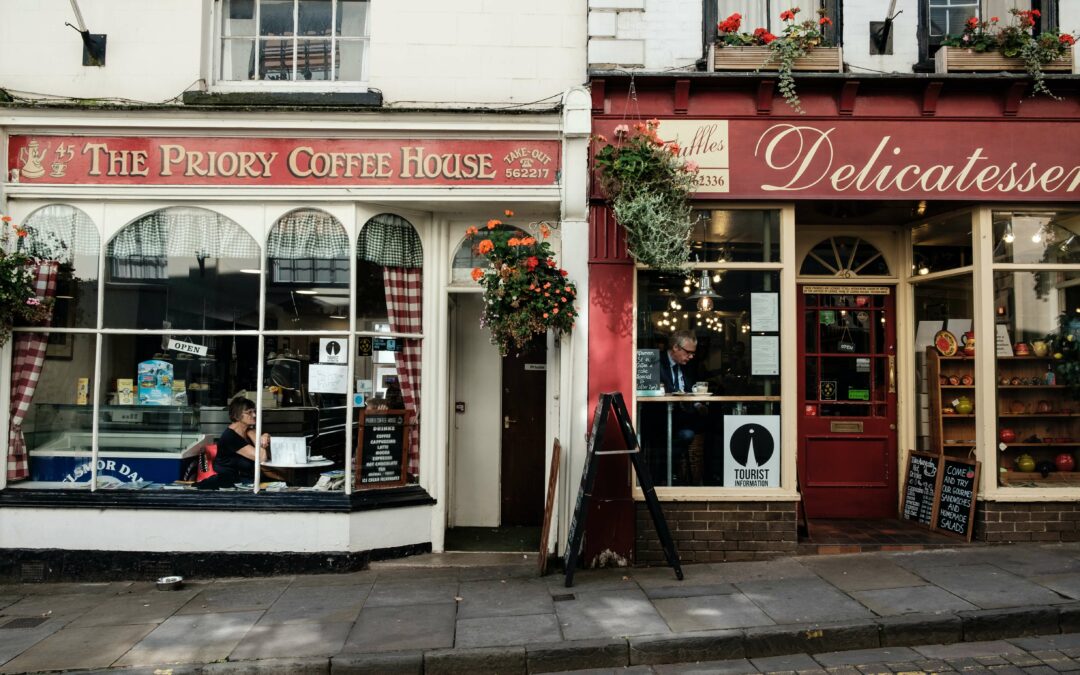Accurate commercial property valuations are crucial if you want to avoid your organisation being left out of pocket should the worst happen. Read on to find out why your valuation could be wrong and how to avoid being underinsured.
If your commercial property is completely destroyed by an event such as a fire or flood, your Commercial Building Insurance will step in to pay for the cost of rebuilding it to its previous state.
To ensure that you get the full benefit (and financial protection) from your Property Insurance, you must ensure that the total values you choose represent the full reinstatement/replacement value. Other than by exception, policies will pay this new reinstatement cost, commonly referred to as ‘new for old’. You should calculate your total values on that basis.
The reinstatement value is not your property’s market value or purchase price. It is the cost of the materials and labour needed to rebuild your property from scratch. Allowance should also be made for demolition, site clearance and professional fees. If you are not VAT registered, you must also include VAT at the prevailing rate. If you are unsure about the correct value, we recommend that you take professional advice.
If you get this wrong, you are at risk of underinsurance. Policies are subject to a condition called ‘Average’, which entitles insurers to reduce claim settlements if underinsurance occurs.
Here’s a quick illustration:
Correct total reinstatement value: £500,000
Insured value in policy: £250,000 (50% of correct amount)
Fire damage total claim: £50,000
Amount insurer will pay: £25,000 (50% of total claim)
Unfortunately, inflation and other factors have caused construction costs to soar in recent months. This means that the rebuild cost you are insured for in your policy may no longer be accurate enough, which puts you at risk of underinsurance.
Why have rebuild costs risen?
The rebuild cost is the price of completely rebuilding your commercial property to its original state. It includes:
- The cost of demolishing and removing what is left of the property.
- The fees for architects, surveyors and other professionals.
- The cost of the labour and materials that are needed to rebuild your commercial property to its previous standard.
This is different from your commercial property’s market value. The market value of your property is determined by how much someone would pay to buy it, and it can be influenced by things such as its location and transport links. The rebuild value is unaffected by these factors.
However, it is affected by current labour and material costs, which have risen dramatically in recent years.
According to reports, there has been a 66% increase in the price of fabricated steel from 2021 to 2022 and a 500% increase in the price of oriented strand board, a wood product that is a key component in the integrity of a building’s structure. Labour shortages have also led to rising wages, which is also adding significantly to the cost of construction (wages can often account for more than 50% of overall building costs).
Rising fuel prices have made matters worse, boosting the cost of transporting materials to site and running heavy machinery.
How can I avoid underinsurance?
To avoid underinsurance, you need to provide your insurer with an accurate rebuild estimate.
The best way to get an accurate figure is to hire a chartered surveyor. They will carry out a review of your property, assessing its age, construction methods, planning and architectural requirements before estimating how much it will cost to rebuild. This will include demolition costs and any professional fees that may need to be paid.
This will ensure that your rebuild costs are not too low, but it will also ensure that you do not overestimate the costs. Doing so can lead to you paying unnecessarily high premiums.
What else can impact the rebuild cost?
If your commercial property is not of standard construction, your rebuild cost is likely to be higher. It could even be higher than your property’s market value.
A non-standard building can include one that is listed (such as a mediaeval church) or built of unusual materials, such as thatch or prefabricated concrete. The cost of rebuilding these commercial properties is higher as they will need more specialist materials and skilled labour to recreate them.
Get an accurate insurance quote
If you want to make sure your commercial property has the right level of insurance in place, our experienced team can help. Contact our commercial team on 01424 205009 today.

